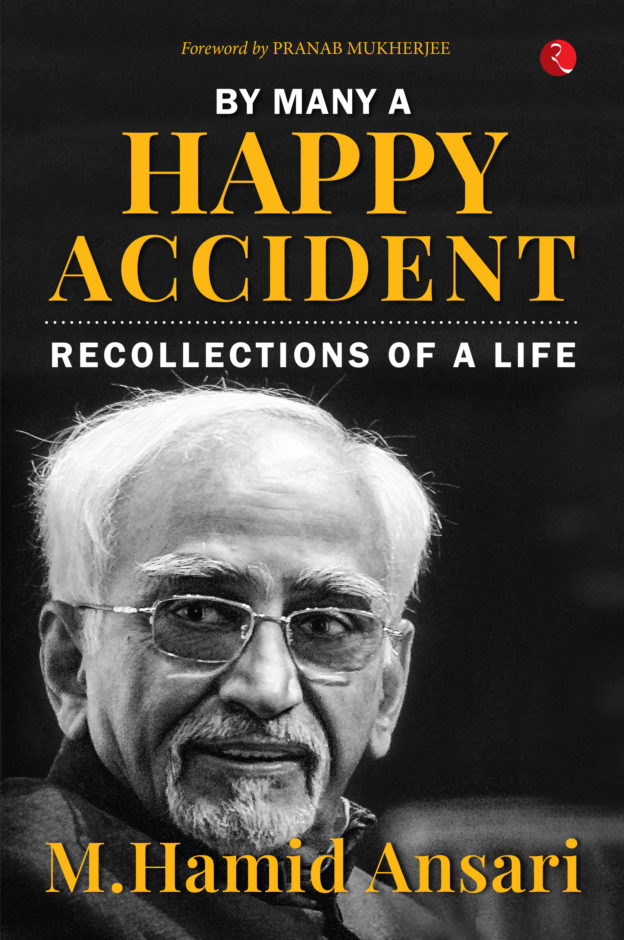Protest, Upliftment and Identity: Rajbansis and Namasudras of Bengal 1872-1947
no information available
The period from 1872-1947 witnessed the rise of many movements in Bengal where those who were considered lower castes were mobilized to protest against the inequality and injustice meted out to them in various fields including religion politics and education. The focus of their struggle was the social injustice within the Hindu caste hierarchy. Unlike in south and western India where caste movements were often associated with anti-Brahmanical movements in Bengal it was upgradation of caste from Sudra to Kshatriya varna. The main focus of the study is the Kshatriyaization movement of Rajbansis the Matua movement of Namasudras and the colonial policy of ‘Protective Discrimination’ and its impact. It studies the attempt by Rajbansi community to establish themselves as Kshatriyas in the first half of the twentieth century though the movement started in the late nineteenth century itself. It also includes their struggle against the Brahmanical dominance and the elites of their own community. Alongside the Kshatriyaization movement a parallel movement for the social uplift started among the Namasudra community which later spread to northern Bengal. Their struggle actually began from the time of the first Census in 1872 when the census authorities classified the Namasudras as Chandals in the census report. The Namasudra protest movement hereafter developed through a different channel provided by a Vaishnava religious sect named Matua started under a Namasudra leader Harichand Thakur. This book is essential for those wishing to understand the socio-religious movement of the Namasudra and the Rajbansi communities in their historical context. About the Author Bipul Mandal (b. 1977) is Head and Assistant Professor Department of History Kaliyaganj CollegeWest Bengal. He is also the Editor-in-Chief Journal of Historical Studies and Research (JHSR) and President Bangasanskriti o Itihas Anusandhan Parishad. He has published nine books and several research articles.
... Read more Read less










